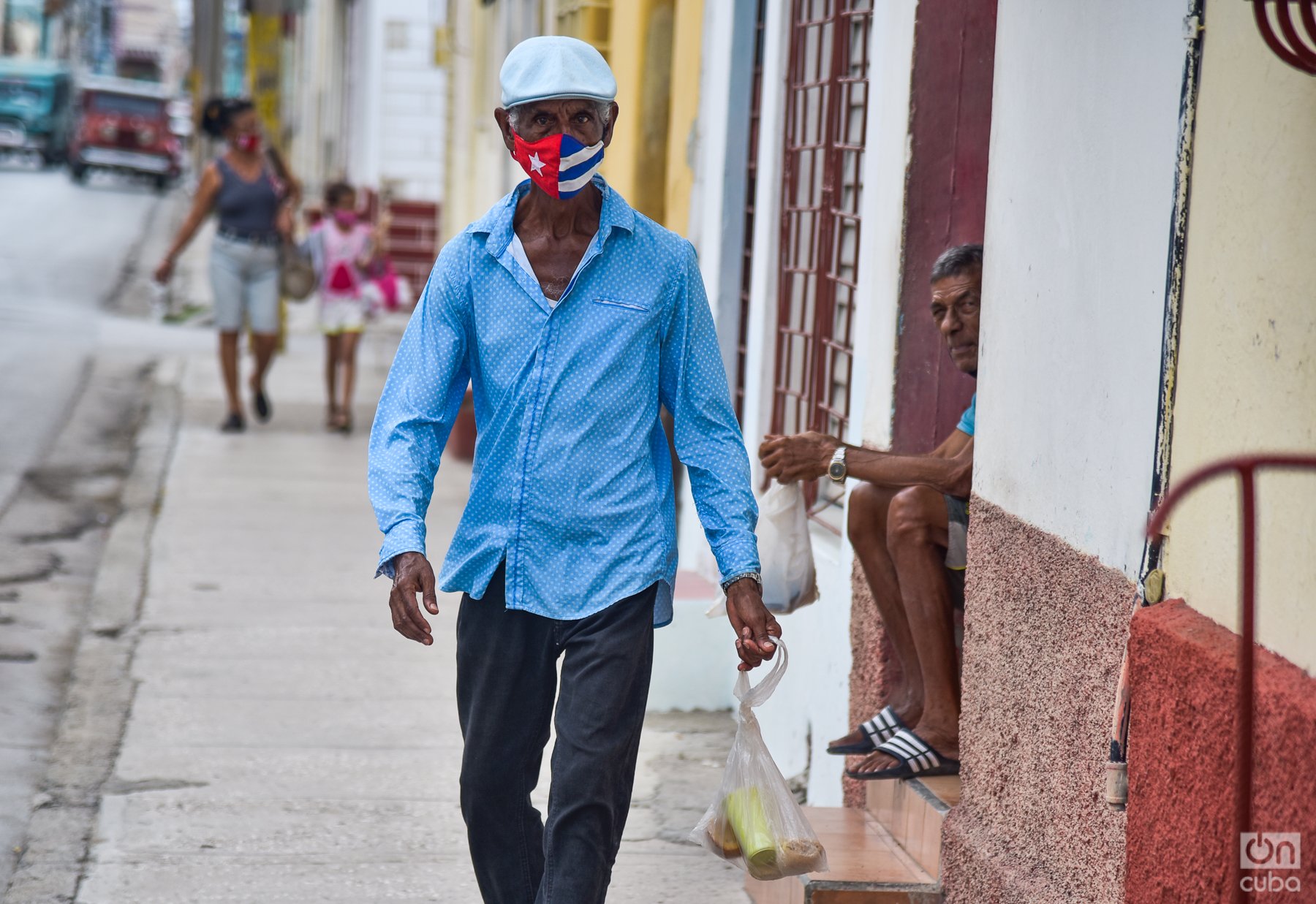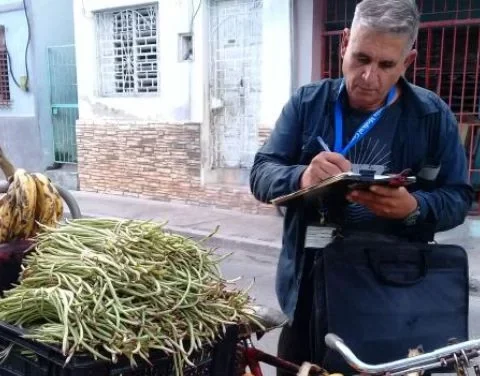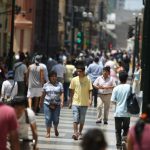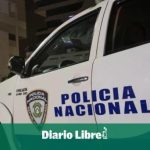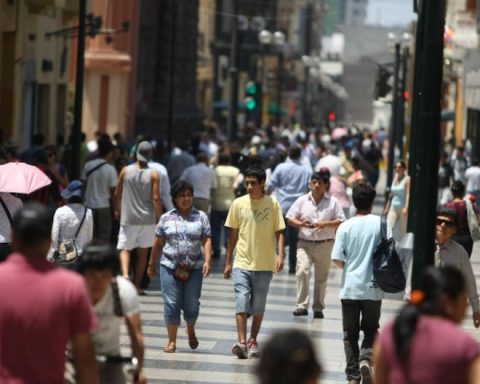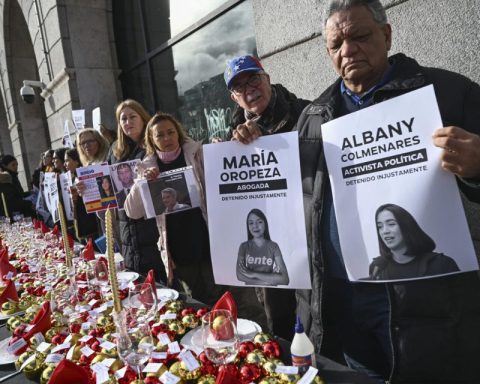On August 4, 2022, the Cuban State began to buy foreign currency from nationals and foreigners. On the 23rd of the same month, the official sale of Dollars in cash to the population, although not in Freely Convertible Currency (MLC). These are the most recent decisions of the apparently unstoppable process of partial dollarization in the country, whose social cost is already very high.
The process of monetary unification in Cuba eliminated the parallel currency (CUC or convertible Cuban peso) to return to an economy in which the national currency (CUP or Cuban peso) would become the only one that would provide access to goods and services; but at the same time, a part of the economy was dollarized.
Although the Cuban government claimed that it was a transitory way out of the shortage of foreign exchange for the purchase and sale of supplies, goods and services, its extension over time can be classified as indefinite.
Former President Raúl Castro himself in his Report Central to VIII Congress of the Communist Party (PCC) He stated that “the sales in MLC are necessary and will take as long as it takes to recover the economy and allow the convertibility of the Cuban currency.”
Both the current dollarization process and the one that preceded it in the 1990s, during the so-called Special Periodhad the same foundation: the shortage of foreign currency to import essential inputs —such as fuel and food— and honor the country’s accumulated debts.
Similarly, both processes share as their main expression the opening of stores to collect hard currency. In the network of establishments dedicated to this purpose, in addition to electrical appliances and other “high standard” items, basic necessities have been sold, most of which disappeared from the supply in national currency.
One difference between the process of the 1990s and the current one is that payment in these stores today is only made through a bank card, both from foreign and Cuban banks, backed by convertible currencies. Cards that can only receive money transfers from abroad or foreign currency deposits in cash when it is not in US dollars, a decision that, as reiterated by the government, is due to the restrictions and regulations of the United States embargo / blockade .
However, the great dilemma in this scenario remains the same as it was then: Cubans’ access to foreign currency. Income from salaries and pensions on the Island is all in national currency. And the State still does not guarantee the sale of virtual currency to the population, not even at prices higher than the formal rate of 1 MLC = 24 CUP.
The result is that only those who can receive remittances from abroad, together with those who can buy this currency on the Island, at skyrocketing prices, through the thriving informal market. With this, the process of partial dollarization has opened a door to new inequalities in Cuban society, which have accentuated the gaps accumulated since the years of crisis of the Special Period.
Those who do not receive remittances: the excluded
Most Cubans do not receive remittances. The figures on the family nuclei that do not have some type of financial aid from abroad are not public on the Island, but a broad sample of our society is included in this category.
Retirees and pensioners bear the brunt. In accordance with sociologist and researcher Julio César Guanche “at least 221,425 older people live alone in Cuba, and they are mostly women. 82.3% of these older adults have income that is a consequence of work or retirement, but they have no other source of income.
The reality is that a large part of the Cuban population has never accessed an establishment in the country’s network of foreign currency stores. And “the worst thing is that this exclusion is determined, no longer by low income levels, but by their disconnection with external remittance sources,” in words of the professor and economist Oscar Fernández.
Indeed, the process of monetary unification brought with it an increase in wages and pensions —the minimum pension in the country is 1,528 pesos while the basic salary is 2,100 CUP. However, at the same time, it maintained the currency as the currency with the greatest purchasing power and generated an increase in prices and galloping inflation that has drastically influenced the economy of all households on the Island.
For those who do not receive foreign currency, the options in national currency are the minimum.
They have the standardized family basket. However, this does not satisfy the needs of food and hygiene for the whole month within the family nucleus, in a context in which the offer of free sale products in CUP such as rice, sugar, salt, eggs, soaps, among others, disappeared. others, which constituted the complement of the regulated allocation.
The only palliative that remains is the sale of some hygiene and food products that are marketed in Cuban pesos through their own supply books at points of sale authorized for this purpose. The only thing is that this allocation per nucleus is totally random and every month the available items reach Cubans, not the most necessary ones.
All other alternatives to solve uncovered basic needs are reduced to purchases in the informal market. In this market you can find all the basic necessities, both imported and domestic, sold; or the MLC can be bought, always at a price established by the law of supply and demand.
And given the constant need and the few options, in the informal market the prices in national currency can exceed up to 10 times the original value of the items, while the virtual currency has reached values of 140 CUP x 1 MLC these days.
The most elementary calculations show that in practice it is impossible to live only on a state pension or salary. So, in a nutshell, Cubans who do not have ways to access some type of currency to support themselves are at a clear disadvantage in the current socioeconomic context.
The dilemma of dependence on remittances
The entry of the dollar into the Cuban economy has made families dependent on remittances. Therefore, the luckiest in Cuba today are those who can count on a loved one abroad in a position to support them financially.
As recognized by Raúl Castro in the Report to the Eighth Congress, “sales in freely convertible currency (MLC) were extended to other products, including food, with the aim of encouraging remittances that Cuban citizens abroad make to their relatives in the national territory”.
It is true that Cubans are not the only citizens of the world who receive aid sent from other countries. It is also true that the income for this concept improves the lives of all those who can receive it anywhere and that for the national economies the income for this concept is an important way to attract foreign currency —President Andrés Manuel López Obrador recognized this year they are Mexico’s main source of income.
In the case of Cuba, a small country with few resources, remittances are a fundamental link in the economy. However, as Cuban professor and researcher Francisco López Segrera points out, “an economy based mainly on income from tourism and remittances is very vulnerable.” 1
For families and the individuals that comprise them, dependency has its own logic. And it is the one that shows that beyond the income generated by work, the receipt of foreign exchange becomes essential for sustaining life and this undoubtedly constitutes a disincentive. Phenomenon that can be understood insofar as real purchasing power is concentrated in hard currency and the loss of value of income in national currency deepens without it being possible to see if it will be reversible.
In short, Cuba does need foreign currency to survive as a country. What is not clear is whether the social cost that the nation will pay for this partial dollarization of the economy —as it has paid for other measures of the reform process that began in 2011— will be worth it, because it will contribute to the development of productivity.
Or if, on the contrary, the return of the dollar will only impose too high a social price to pay for subsistence—not progress—, to end up being a pyrrhic victory in the face of our shortcomings or, in clearer terms, a mere defeat .
***
Note:
1 Francisco López Segrera: “The Cuban Revolution: historical roots, achievements, contradictions and challenges” in The Cuban Revolution some critical and decolonized views. Havana. Editorial Social Sciences, 2018
